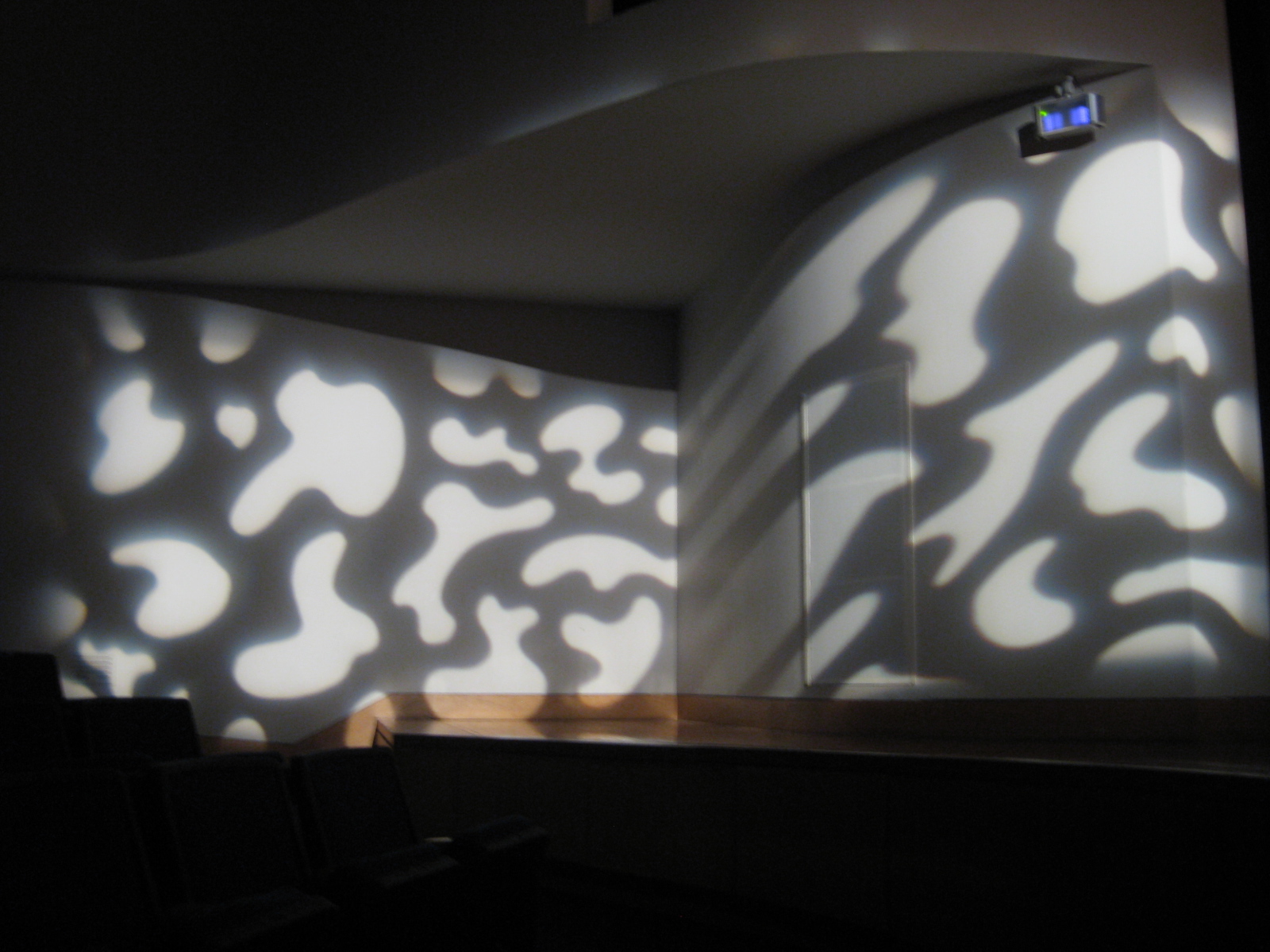Program
Note:
I have always been a composer, just that for many years my
composition has dwelt on the plane of circuitry. More and more, I think
of musical
compositions, or performance situations, as “virtual instruments”; they
are a “system” of space, performer, text, audience, and technology.
These relationships between synthetic/organic, production/reception
form the creative basis that “generates” the piece. At first glance,
Tourbillons looks like a romantic/neo-classical score, but do not be
deceived, for its source lies in computer music, misinterpretation as a
motif, and a bit of the Seventh Harmonic.
-Peter B
Tuba
is in B flat, French Horn is in F. The
French Horn part is an exploration of the harmonic sequence “4,5,6,7”,
played with the fundamentals of “A” and “F#”, thus there are only two
fingerings used- first and second for “A”, and all keys down for “F#”.
With those two fingerings, all the French Horn notes can be derived
from harmonics. This is an exercise in “French Seventh Harmonic
Technique”, to practice this resonance a microtone away from tempered
7th. The
tuba part should be played normally; it does not use the seventh
harmonic, although it is based on the French Horn part. Using the first
valve to modulate by a tempered seventh, thus we can hear the
difference tones between harmonic and tempered. This piece is about the
about, about the instruments, and about the tools used to composite it.
The
snare playing should be as mechanical as possible, preferably with
headphones, a digital metronome set to quarter note equals 69. It was
originally generated by a SuperCollider patch which exploited the
opcode “Dust” to create meta-bursts of noise within a strictly
quantized two-beat. Thus these “trills” can be played more elaborately
than written,
quod libet
the percussionist.
The
last measure is a vamp of the snare beat, with tuba solos, using any
extended techniques desired, to make a grizzly monstrous sound, using
the notes which are indicated in the measure. These notes are a
compilation of the 4,5,6,7 harmonics off of “B” and “D” (“F#” and “A”
on the horn); this compilation has similarities to the “jazz”
implementation of the octatonic scale.
Drummer and Guitar shall sit out the beginning,
then jam to a climax at
the tuba solo, using the “B” octatonic scale just mentioned. For an
example, listen to “Sejayno:Cezanno” (2010).
Page
4 starts a more “dronal” section, which is why it has less dynamics
markings. This piece was composed by recording improvisations on tuba
and horn, and arranging them in ProTools. That is why the rhythms here
have micro-rhythmic offsets. What was in “organic” ProTools time-space,
is coerced into the classical system of eight-notes, triplets, and
dotted notes of Finale NotePad. In addition, a pitch correction
algorithm was applied (Antares AutoTune), in a mistaken way (by sliding
the clips in ProTools), to create artefactual articulations in the
melody, which is most pronounced in page 3. Thus the hornist, to play
this piece, must strive for a certain “computer music” sound, and be
aware that there is a motif of misinterpretation.

